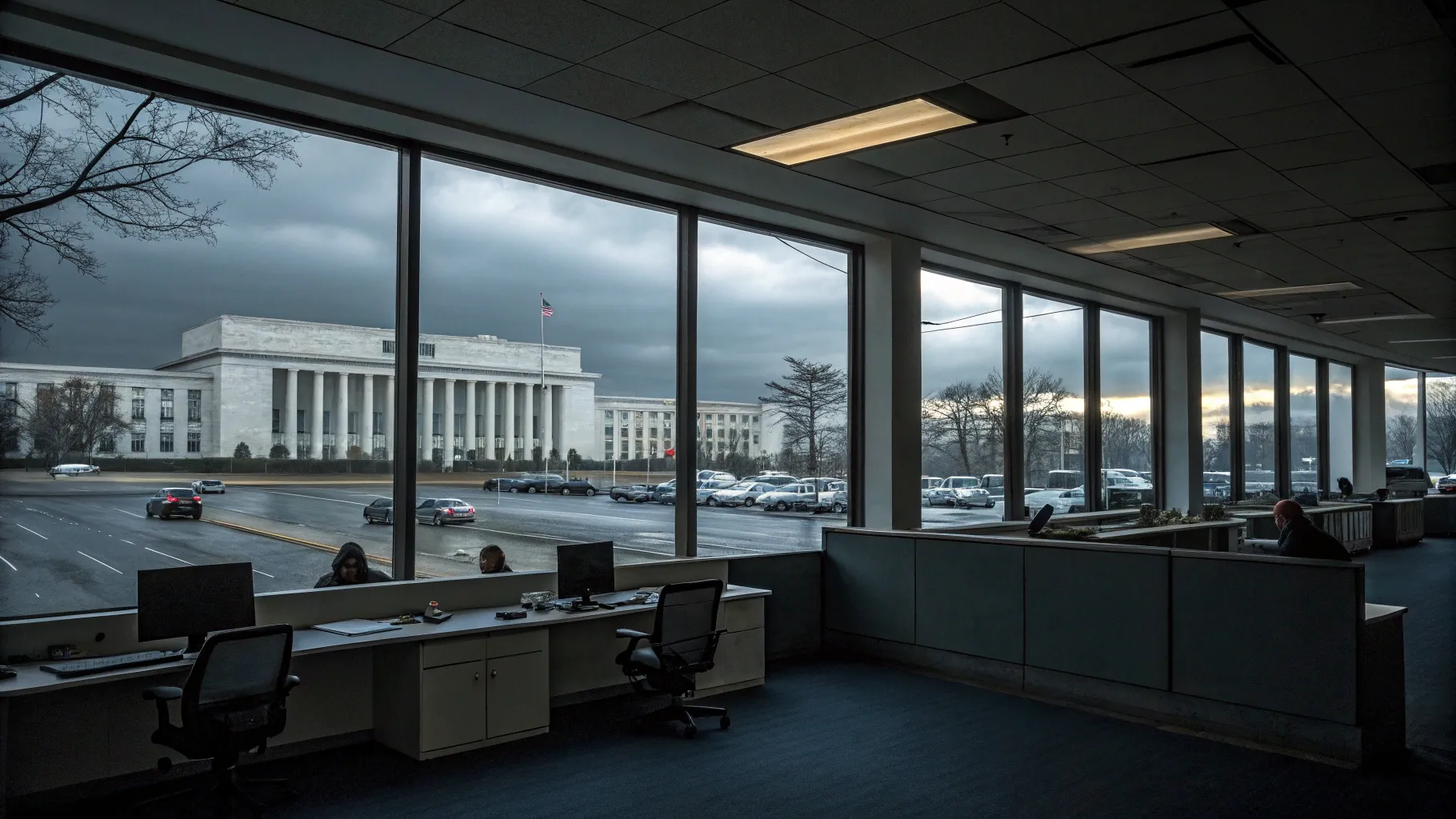The U.S. government shut down, halting public services, sending workers home without pay, and delaying the release of key economic data. The halt began after Congress failed to pass funding in time, forcing agencies to suspend many operations across the country. The stoppage affects millions of people, from federal employees to families waiting on benefits and businesses needing permits.
The U.S. government has shut down, halting services, furloughing workers and delaying economic data.
How a Shutdown Happens
Federal agencies need annual funding bills or a temporary measure to stay open. When lawmakers do not approve funds, the Anti-Deficiency Act requires agencies to stop non-essential work. That means many offices close or scale back. Essential services continue, but with strain.
Past shutdowns show the effects can grow over time. In 2013, the government closed for 16 days. In 2018–2019, a partial shutdown lasted 35 days, the longest on record. Those events slowed small business lending,
disrupted air travel training, and delayed routine inspections. The
current halt is drawing similar warnings from unions, mayors, and business groups.
Immediate Impact on Services
Agencies have contingency plans that determine who keeps working. Essential staff, such as national security and public safety personnel, remain on duty. Many others are furloughed without pay until funding returns. Contractors may also see work paused, though rules differ by agency and contract.
- Public services: National parks may limit access and suspend visitor services. Passport processing can slow or stop, depending on fee funding.
- Loans and permits: Small business and housing loans often face delays. New permits for energy, infrastructure, and research may be put on hold.
- Inspections: Food safety, workplace safety, and environmental inspections may be reduced, except for urgent risks.
- Benefits: Social Security and Medicare continue, but customer service and new applications can lag.
Families that rely on programs with limited carryover funds could face disruptions if the closure extends. States sometimes step in with temporary support, but that depends on local budgets.
Economic Stakes and Data Delays
The stoppage pauses the release of federal statistics that
guide markets and policy. Reports on jobs, inflation,
retail sales, housing, and trade may be delayed. Investors, businesses, and the Federal Reserve use these
reports to track growth and prices. Without them, planning gets harder. Market moves can grow more volatile when data go dark.
Economists say the direct hit to growth is usually small at first. The damage rises if a shutdown drags on and missed paychecks curb spending. Back
pay for federal employees may restore some lost income later, but missed services and delayed projects are harder to recover.
Political Standoff and Possible Paths
The standoff stems from disagreements over spending levels and policy riders. Leaders in both chambers face pressure from their caucuses and from voters frustrated with recurring brinkmanship.
Temporary funding bills are a common tool to avert deeper damage. Longer-term deals are more difficult, but they provide stability for agencies and contractors.
Here are common steps that could restore operations:
- Pass a short-term continuing resolution to reopen agencies and buy time for talks.
- Negotiate a full-year agreement that sets agency budgets and policy terms.
- Stage funding, where some departments reopen first while talks continue.
Union leaders warn of strain on the workforce if uncertainty persists. Business owners report delayed hires and investments when permits and loans are stuck. State officials caution that prolonged closure shifts costs to local governments.
What to Watch Next
Key signals will come from congressional negotiations and any votes on temporary funding. Agencies will update contingency plans if the stoppage continues.
Markets will track private data to fill gaps left by missing federal reports. The longer the halt lasts, the more services slow, and the more difficult recovery becomes.
The shutdown’s first days bring inconvenience and confusion. Weeks could bring deeper costs. The outcome now hinges on a funding deal that restores services, clears backlogs, and restarts the nation’s economic scoreboard.






